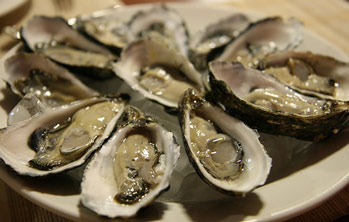
 |
Ondanks de lage milieuconcentraties hebben óók niet-hormonale medicijnen gevolgen voor micro-organismen, dieren en planten in bodem en water 1). Aangetoond is dat, bijvoorbeeld, een antidepressivum in de lage milieuconcentraties gevolgen heeft voor het immuunsysteem van mosselen 2). Een reden dat vele synthetische stoffen zoals medicijnen in zeer lage concentraties toch de gezondheid van (m.n. jonge) organismen aan kunnen tasten is dat ze als pseudo-hormonen werken en onderling samenwerken 3). De verspreiding van medicijnen in het milieu kan het ecologisch evenwicht en daarmee de voedselkringlopen in bodem en water verstoren. |